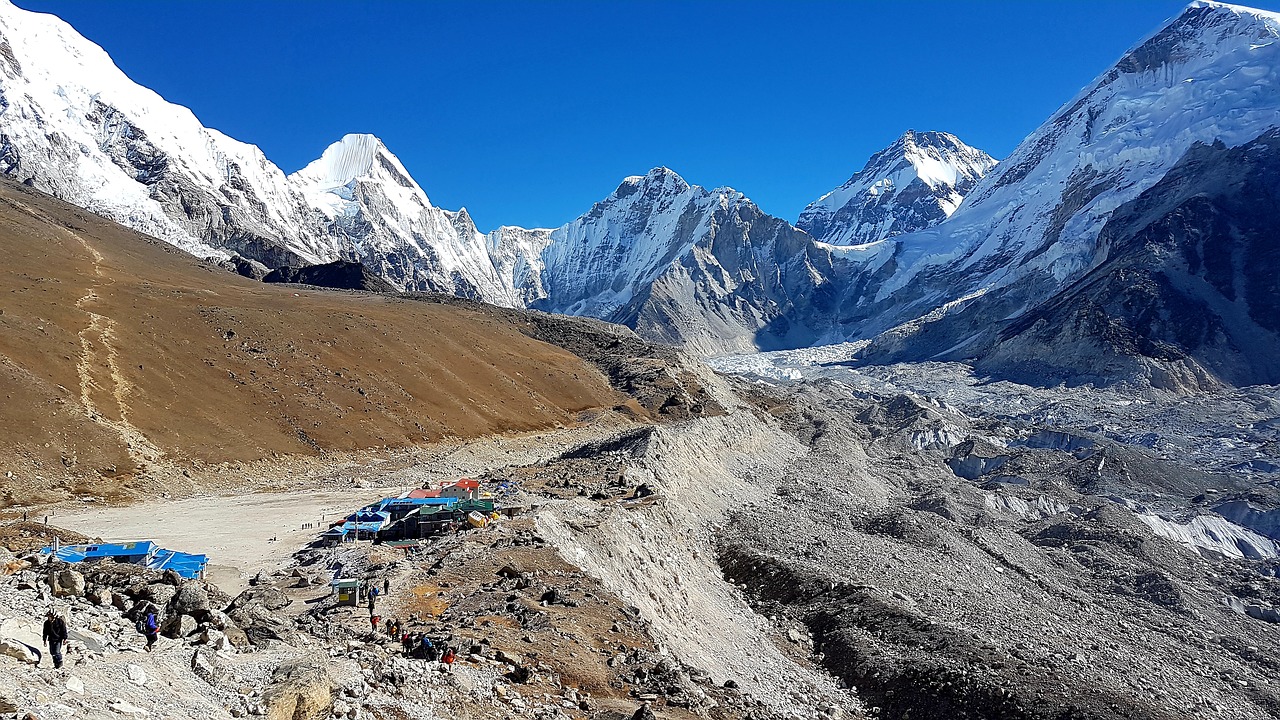Introduction
The walk to Nag Tibba Trek, which is located in a less well-known part of the Indian Himalayas, is a delightful combination of exciting outdoor activity and breathtaking scenery. This trip, which takes place in the Indian state of Uttarakhand, is suitable for inexperienced as well as experienced hikers since it offers a view of the majesty of the Himalayan ranges as well as the opportunity to connect with the peaceful beauty of nature.
An Overview of the Nag Tibba Trekking Experience
The mountain that you will be hiking up is called Nag Tibba, which literally means “Serpent’s Peak.” One of the highest points in the Lesser Himalayas, Nag Tibba has a height of around 3,022 meters (9,915 feet), making it one of the highest peaks in the region. This walk is famous for its easy-to-navigate route as well as its breathtaking vistas of the snow-capped peaks of the Himalayas.
The Beginning and End of the Path
Pantwari is a picturesque mountain town located a few hours’ drive away from Dehradun, the state capital of Uttarakhand, and is traditionally the starting point of the trek. The path begins from Pantwari and travels through deep oak and rhododendron trees, providing a scenic environment. The hike has well marked trails, which make it an excellent option for inexperienced hikers as well as families.
Natural Scenery with Lush Flora
The breathtaking variety of flora and animals is perhaps one of the most memorable aspects of the Nag Tibba hike. Oak, cedar, pine, and rhododendron are just few of the species of trees that you’ll see as you make your way through the winding trails through the forest. Rhododendrons are known for their vividly coloured flowers, which provide a dreamlike quality to the surrounding environment when they bloom in the spring.
The Temple of Nag Tibba
Trekkers traveling this path will have the option to stop at the Nag Tibba Temple, which is devoted to the snake god. The temple is significant to the people on both a cultural and religious level, and it provides a serene setting for hikers to relax and take in the spiritual energy of the surrounding area.
Panoramas of the Scenery
The pinnacle of the climb is reaching the top of Nag Tibba, which rewards hikers with stunning panoramic views of the snow-covered Himalayan peaks, including Swargarohini, Bandarpoonch, Gangotri, Kala Nag, and many more. Those who go on this trip will forever carry with them the memories of the first time they laid eyes on these majestuous mountains set against the background of a crystal clear blue sky.
Experience with Camping
The camping along the route to Nag Tibba is an exciting part of the whole experience. The expansive meadows located close to the peak of Nag Tibba provide an excellent spot to pitch up tents. An experience that can’t be compared to anything else is spending a night here beneath the star-studded sky, surrounded by the peacefulness of the mountains. The fresh mountain air and the relative stillness of the outdoors combine to produce an atmosphere that is restful and revitalizing.
Traditions and Hospitality of the Area
During the course of the hike, participants will have the opportunity to speak with locals, who may enlighten them on their distinct culture, customs, and way of life. The kind welcome of the people and the unpretentious way of life that they lead allure them to trekkers and leave them with a lasting impression.
Conclusion
The Nag Tibba trek provides a doorway to seeing the majesty of the Himalayas in a manner that is both more approachable and doable. The trip not only gives the opportunity to see the splendor of the lower Himalayas, but it also provides a getaway from the bustle and pressure of day-to-day living. The Nag Tibba trip is an essential must-experience for those individuals who are looking for a journey that combines adventure, natural beauty, and cultural enrichment. It is the kind of walk that captures the spirit of the Himalayas and leaves trekkers hankering for more experiences among the peaks of the world’s tallest mountains.





